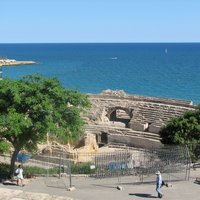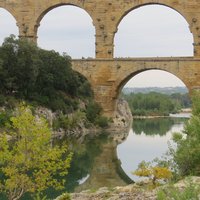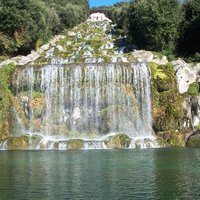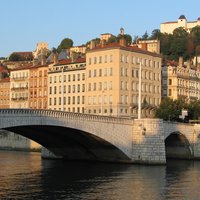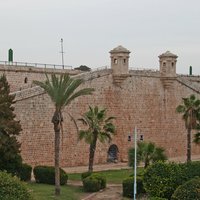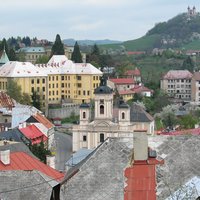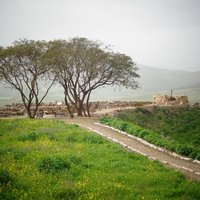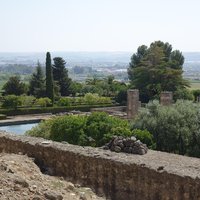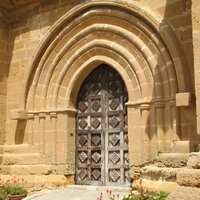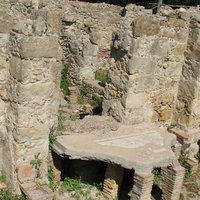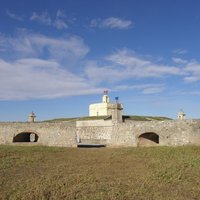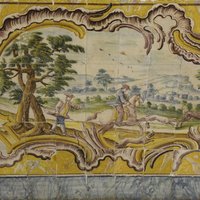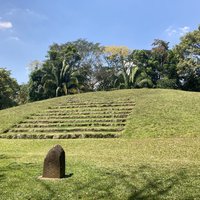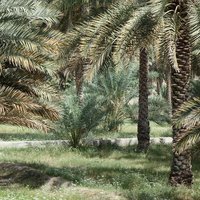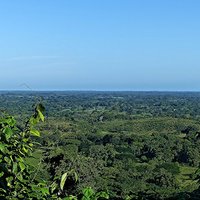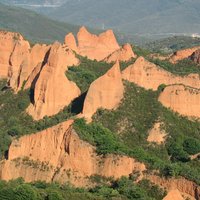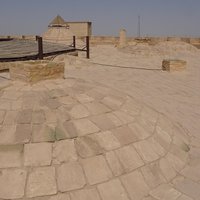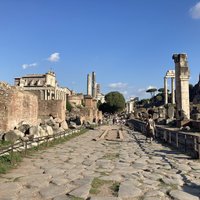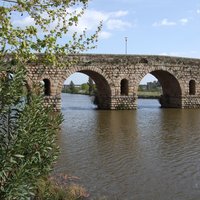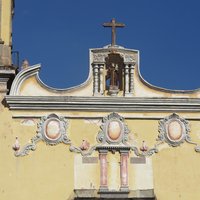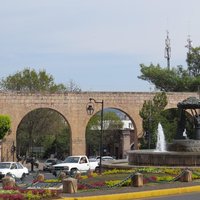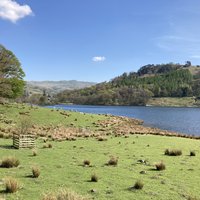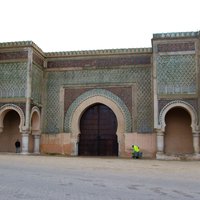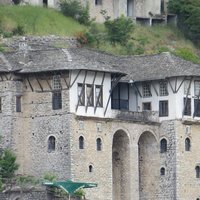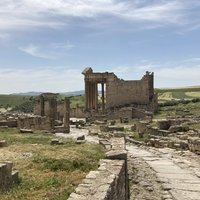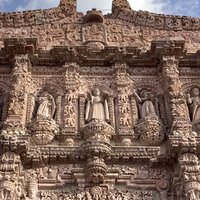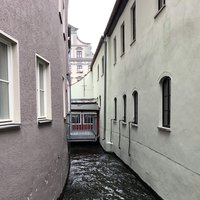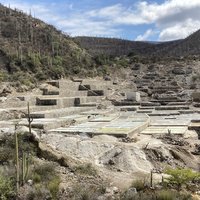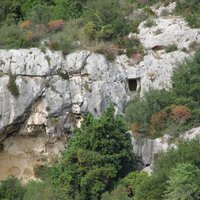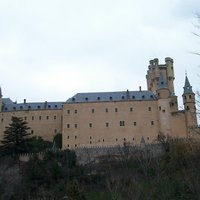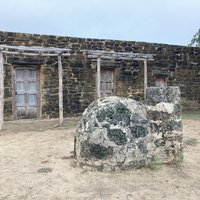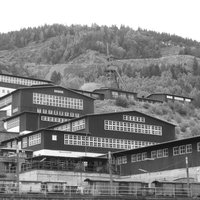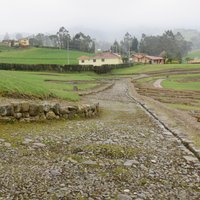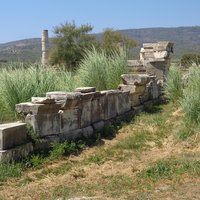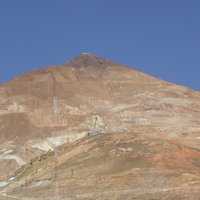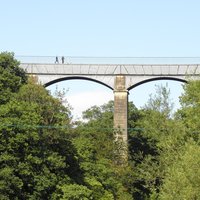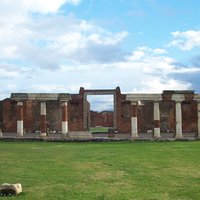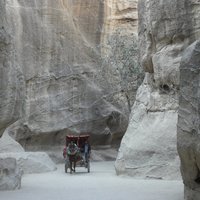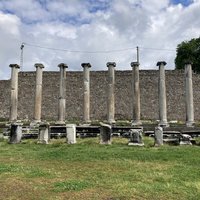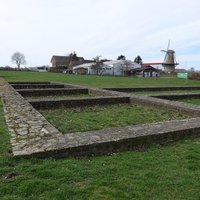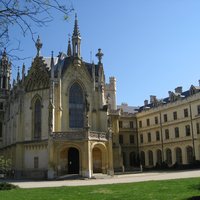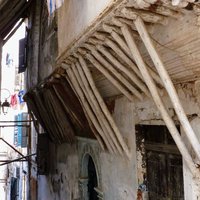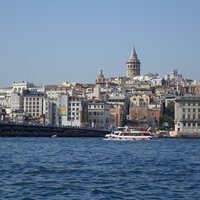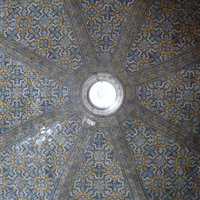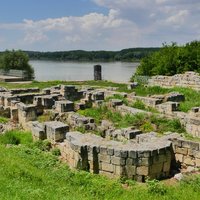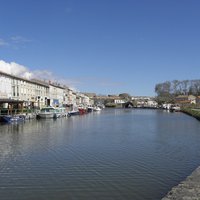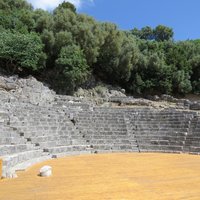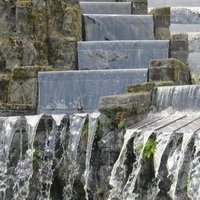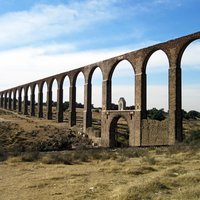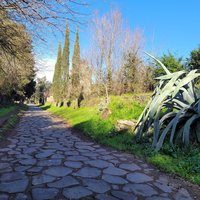Connected Sites
-
-
-
-
-
Acre-Cabri Aqueduct (1815)
-
Kysihýbel aqueduct
-
Megiddo
-
aqueduct (the Roman aqueduct was used as sewage)
-
"The site boundary includes (...) the complex network of underground aqueducts" (Official description) - Northwest of the sanctuary of the chthonic deities, a valley cuts through the southern range of hills. It is assumed that the large water basin known as Kolymbéthra, which served to supply the city with water, was also located here. After the basin silted up, fertile orchards and vegetable gardens emerged, the Gardens of Kolymbéthra. The underground water channels and aqueducts that supplied water to the city in ancient times can still be seen today and are now used to irrigate the gardens.
See de.wikipedia.org
-
Villa Romana del Casale – "The Villa Romana del Casale received its water supply from two aqueducts. One entered from the North and fed the piscina or pool of the baths. There are several remaining parts of this aqueduct along the entrance to the villa. The other aqueduct entered from the East, feeding a reservoir behind the Triclinium."
See sights.seindal.dk
-
Amoreira Aqueduct
-
Aqueduct of São Sebastião (16th Century)
-
"in the residential areas a system was devised to supply drinking water by means of aqueducts" (AB ev)
-
Al-Jilla
-
-
Remains of seven parallel aqueducts
-
Taj Abad caravanserai: "The water needs of this caravanserai was provided from the adjacent aqueduct at the eastern part of the building, which passed under the stables and entered the pond in the courtyard." (Nomination file, p. 449)
-
"the water systems (drainage, aqueducts" (OUV)
-
-
-
-
-
Aqueduct of Bab Berda
-
-
Elaborate channels, often built as arcaded aqueducts (as at San Luís de Jacas) (Long Description)
-
The citadel of Gjirokastra had underground reservoirs to store water provided by an aqueduct, which was some 10km long, one of the longest of the period. (AB Ev)
-
"An aqueduct leading to the city, located a short distance from the well-preserved cisterns, is amongst the best preserved examples of this type of structure on the territory of modern-day Tunisia." (wiki)
-
The El Cubo aqueduct was built at the end of the 18th century to carry water from the El Cubo mine area, which gave the structure its name. Only a few arches of it remain. (wiki)
-
The entire bridge structure was completed in 1777, and still spans the city moat today ...The aqueduct served to enable pedestrians and the Vorderer Lech (Western Lech Canal) to cross the dry city moat: at the lower level, the water was transported via a walled channel to the waterworks at the Rotes Tor, while the upper level served a bridge to access the Rotes Tor. (Nom file)
-
Xiquila Aqueduct, built around AD 400.
-
The "large artificial grotto called "Nympheo" (...) has a vaulted ceiling and a rectangular bath, covered with potsherd, into which pours water from a branch of a Greek aqueduct." (Nomination file, p. 106) – "The water that flows into the Grotta derives from two separate aqueducts, both of Greek date; one is called the Acquedotto del Ninfeo (Nymphaeum Aqueduct) after the Grotta, while the other is the Galermi Aqueduct."
See en.wikipedia.org
-
-
Espada Aqueduct (1745) oldest Spanish aqueduct in the United States - NPS
-
-
Caranqui
-
Eupalinian aqueduct
-
"industrial monuments of the Cerro Rico, where water is provided by an intricate system of aqueducts and artificial lakes"
-
Pontcysyllte Aqueduct and Chirk Aqueduct
-
-
"Petra's aqueduct system carried about 40 million liters (12 million gallons) of fresh spring water per day"
See commons.wikimedia.org
-
Water was brought to cisterns and fountains on Kale Hill (which had no source of its own) by ceramic pipes and lead pipelines under pressure from mountains some 50km to the north of the city (AB ev)
-
Amongst the archaeological remains are .. an aqueduct.. (AB ev) (at Berg en Dal)
-
-
The water which supplies the old medina (...) was conveyed by a network of aqueducts dating from the time of the regency of Algiers, which is still in place; it is now replaced by a more modern distribution network, dating from the beginning of the 20th century. (French wiki)
-
aqueduct of Valens
-
Aqueduct of Cairo (Sour Megra Eleyoon)
-
-
Carnuntum (ID No 31): "In the western slope of the Pfaffenberg, an aqueduct can be closed due to an array of columns." (Nomination file, p. 78)
-
-
Ruins of the Roman aqueduct
-
large 'ruined' Aqueduct (AB ev)
-
a hydraulic system of water aqueducts located in the Mexican Central Plateau (AB ev)
-
"The Via Appia is also accompanied by a monumental ensemble of temples, funerary monuments, aqueducts and villas, and at city entrances, triumphal arches, gates or such amenities as theatres, amphitheatres or baths which all bear witness to an ancient civilisation." (AB ev)

